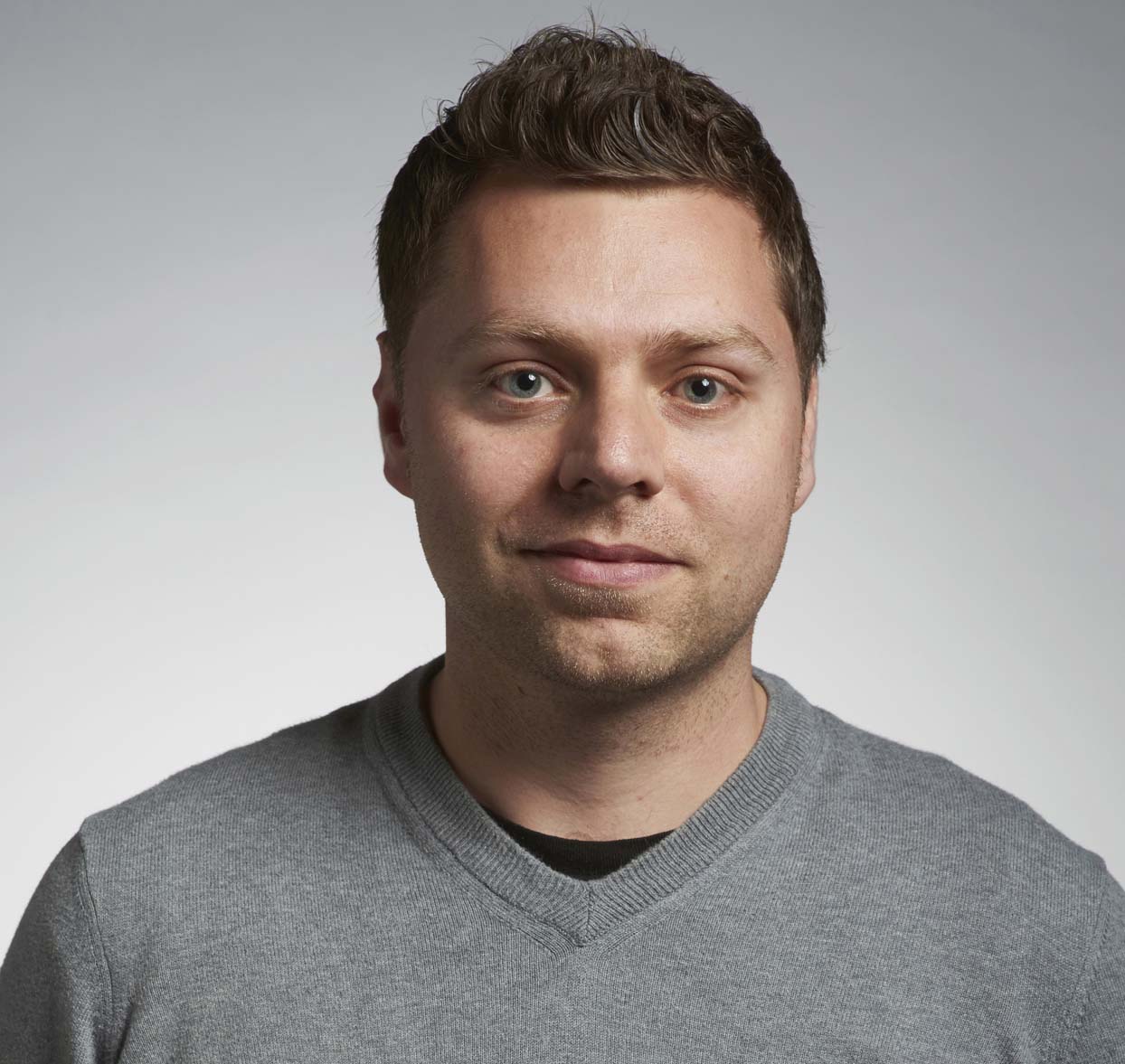Close encounters of the 3D kind: the resurgence of post-converted 3D
Native 3D vs post converted 3D: the results may surprise
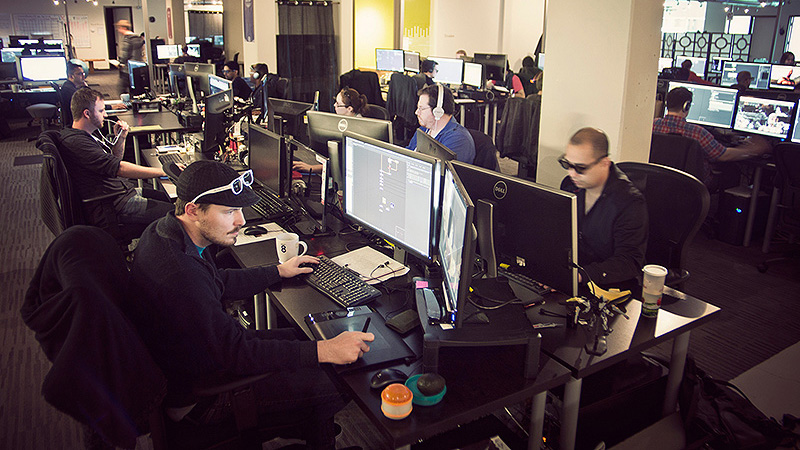
The process of converting 2D film to 3D movies has a reputation for turning out an inferior product - mainly because the first filmmakers to use this process made such a bad job of it.
Clash of the Titans has been widely regarded as such a botch job (due to a studio's insistence on 3D and a director having no time to make the post production process work ) it was felt that true 3D was the only way forward for the technology. That was until James Gunn spoke out.
Gunn is the brilliant director of the upcoming Summer blockbuster Guardians of the Galaxy. He cut his directing teeth on the subversive and hilarious horror fare Slither and is well known for his honesty about the filmmaking process.
In a recent Facebook post he proclaimed that though Guardians of the Galaxy was a post-converted 3D movie, the end result may actually surpass native 3D.
"3D conversion was once far inferior to shooting in 3D, but over the past couple years new technology has allowed us incredible control over the 3D effects, making it equal to or in some cases greater than shooting in 3D," said Gunn.
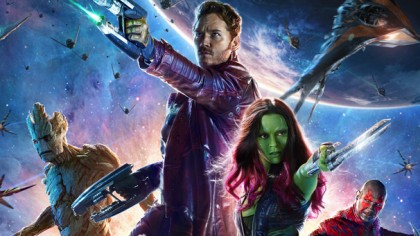
A bold claim indeed but his thoughts marry up with the way the movie industry is going. Take the visual effects of Oscar winner Gravity. They were post-converted into 3D but the movie's makers believe it is a true 3D movie because of the techniques they used. It seems that 3D in post is fast becoming not just the acceptable face of 3D in movies but the preferred one.
The changing face of 3D
"I think it's changing with a lot of filmmakers. 3D conversion and native 3D filming are both seen as viable tools by the film industry," said Tim Bennison, Chief Operating Officer of Gener8, a stereoscopic 3D conversion company.
Get daily insight, inspiration and deals in your inbox
Sign up for breaking news, reviews, opinion, top tech deals, and more.
"I think the conversation is changing from 'conversion is bad, native 3D is best' to 'which tool should we use for the job?' For example, a recent trend is hybrid native-converted 3D films for which individual sequences are pre-planned to either be shot native 3D or converted, within the same film, depending on the needs of the production."
Before Bennison became part of Gener8, he worked at videogame studio Radical Entertainment, where he oversaw several award-winning videogames including Prototype. With so many CGI heavy movies being released now, this was perfect grounding for working in the 3D post-conversion business.
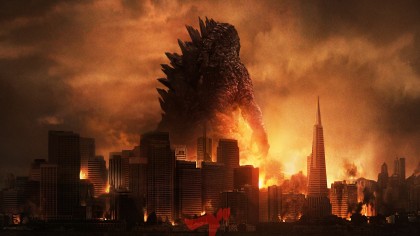
"At Gener8, we are the only major conversion company that uses a 'virtual native 3D' process," he notes. "We reconstruct a CGI 3D version of every frame of every shot using our proprietary technology. We can then 'film' the shot virtually by rendering it with a synthetic two-lens camera rig, which simulates the optics of a real native 3D rig. We then finalise the shots by removing optical artefacts using proprietary computer vision techniques.
"The result is a very naturalistic yet fully-controllable stereoscopic effect. On Prometheus for example, even I can't tell which shots were natively-filmed and which shots were converted by Gener8."
Are you a post convert?
Not everyone is convinced, though. There are a number of filmmakers out there that believe 3D should be shot using 3D cameras. A recent example of this is Amelie director Jean-Pierre Jeunet. His latest film, The Young and Prodigious T.S. Spivet, has been shot natively in 3D and he has strong words about badly post produced efforts.
"I think Hollywood is killing 3D," he said at the 3D Creative Summit in London back in March, pointing a finger at the World War Z and explaining that fast action just doesn't suit the 3D format.
Bennison believes that, despite Jeunet's reticence, the perception of 3D in post is changing and it is thanks to vast improvements in technology.
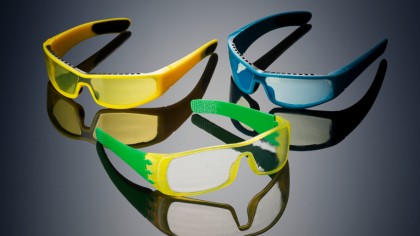
"Anyone who loves 3D film making in general might consider constantly evaluating the technological and creative improvements we are making in the 3D conversion process," he said.
"You might be surprised how complementary conversion and native 3D can be to support the creative vision of a film. We are hearing from more and more directors that they would never consider doing 3D with having conversion as at least part of their toolbox."
Faking it
According to Real Or Fake 3D, there are 25 "real" 3D movies that have been launched throughout 2014, those that have been rendered natively or shot on 3D, compared to just 11 that have been post converted.
Expect more "real" 3D films to be made too. IMAX has just released a new 3D camera that's easier and lighter for filmmakers to use - the fruits of its footage can be seen in the new Transformers movie.
With native 3D becoming easier to shoot, just how will post-produced 3D survive? The answer seems to lie in working with directors through the entire production process, regardless if the camera has a twin lens.
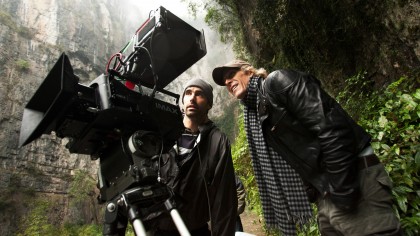
"Clearly when a movie is planned from the start to be 3D, the result is better," said Bennison. "What we're seeing now is that pretty much all movies with a 3D release are planned properly from the start of pre-production, and we are directly involved in this planning.
"We're seeing two scenarios when we work with the client. One approach is we work with a stereographer employed by the film production who collaborates with our Stereographic Supervisor on creative direction for the 3D, as well as approving individual shots.
"The other approach, which is becoming more common, is the Director or Executive Producer works directly with our Stereo Supervisor on setting creative direction, and relies on us to approve shots to theatrical final quality."
Many would argue that many movies post-produced in 3D don't actually need the effect. This may well be the case for some, but Bennison believes that for this perception to change we just need to look at 3D as another 'beat' in the script; a punctuation mark that moves beyond the screen.
"3D is just one of the many tools at the disposal of the film maker and definitely is not necessary for all films. But there is a lot of scope to explore the possibilities of 3D to enhance storytelling in a much wider variety of film genres than we're currently seeing.
"The 3D effect should ebb and flows with the action, in front of the screen and behind the screen, just like the music ebbs and flows. No one would argue that music is not instrumental to storytelling. I would argue that properly-planned 3D can have a similar supporting role in storytelling."
Marc Chacksfield is the Editor In Chief, Shortlist.com at DC Thomson. He started out life as a movie writer for numerous (now defunct) magazines and soon found himself online - editing a gaggle of gadget sites, including TechRadar, Digital Camera World and Tom's Guide UK. At Shortlist you'll find him mostly writing about movies and tech, so no change there then.
